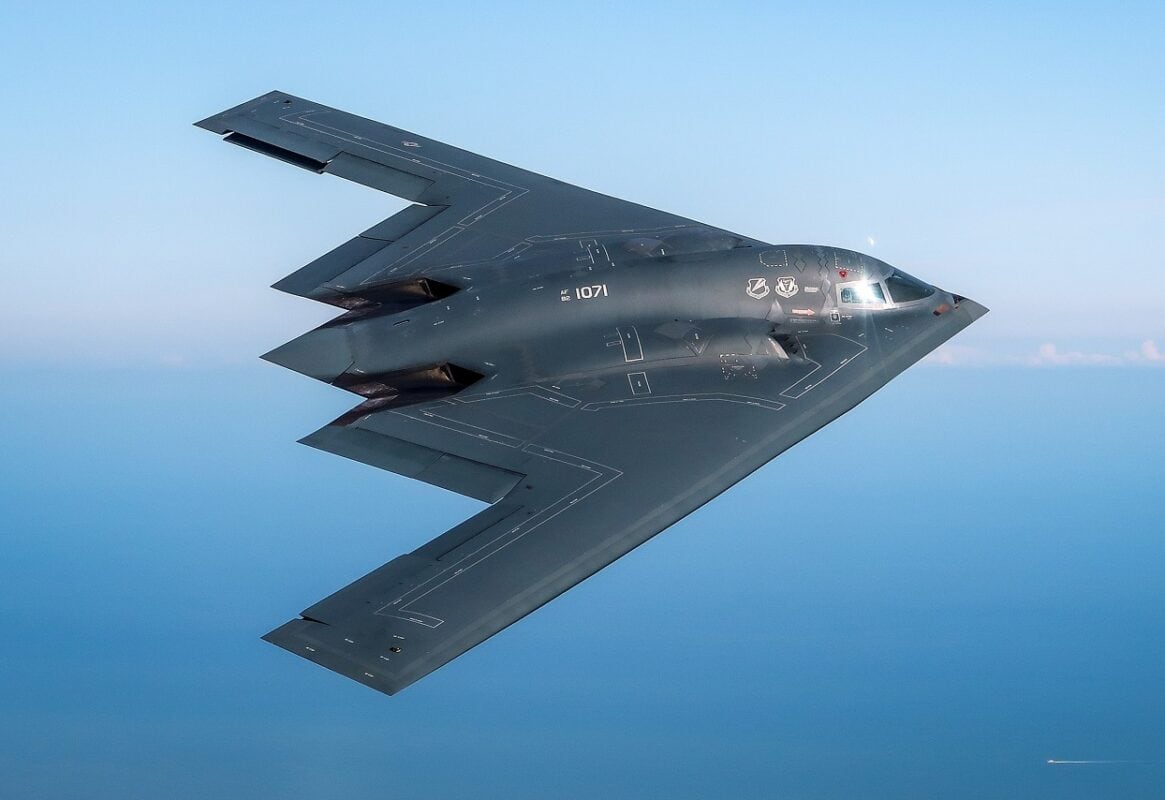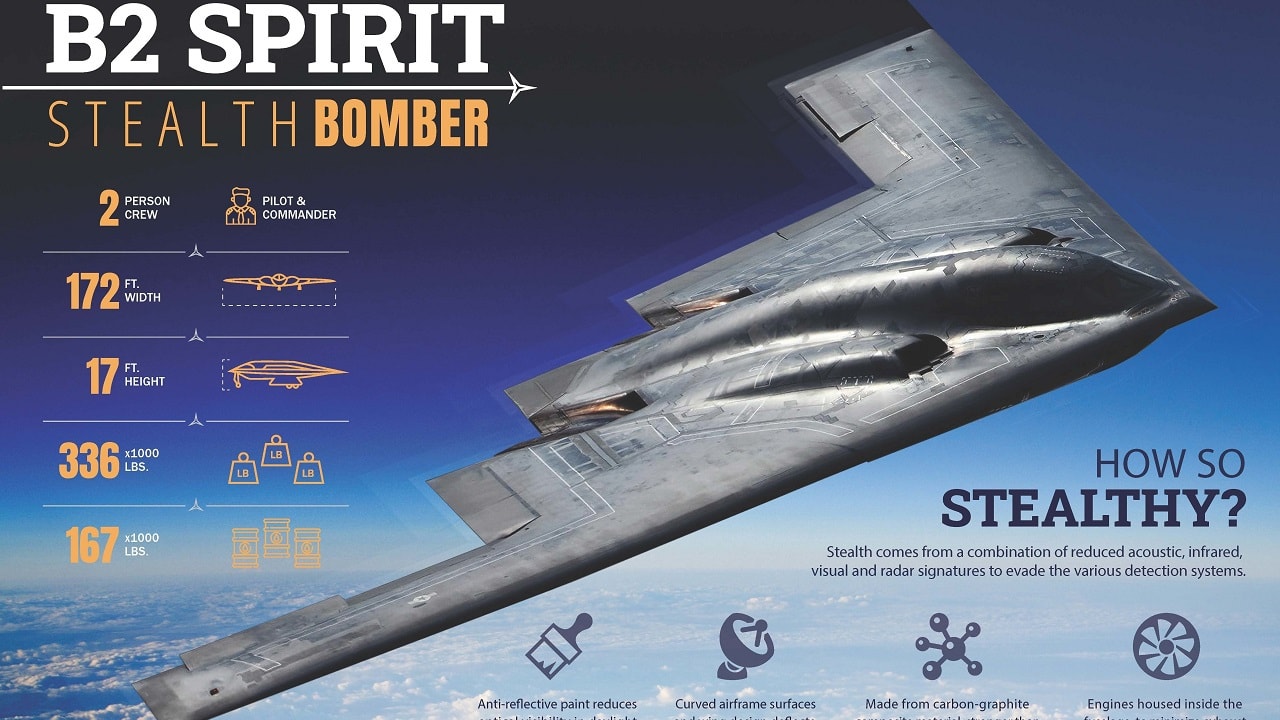Last week, a B-2 Spirit bomber flew thousands of miles from Missouri to Australia, showcasing the flexibility and capability of the U.S.’ strategic nuclear bomber fleet.
Show of Force
The B-2 bomber flew from the 509th Bomb Wing, Whiteman Air Force Base, Missouri, to Royal Australian Air Force Base Amberley, Australia, and participated in a rare training event with U.S. and Australian fighter jets, including F-35A Lightning IIs, F-22 Raptors, F/A-18F Super Hornets, EA-18 Growlers, and F-16Cs.
“This is the most consequential theater with the most challenging security issues…and advancing our interoperability with critical allies like Australia is critical to maintaining a free and open Indo-Pacific. There are many aspects that are going on daily to continue to move the security relationship forward in a positive way to provide deterrence, prevent war, and maintain peace and stability within the region,” U.S. Navy Admiral John C. Aquilino, the commander of the U.S. Indo-Pacific Command, said in a press release.
Aquilino assumed command of INDOPACOM—arguably the most important combatant command in the Department of Defense—nearly a year ago.
“We want to be able to join together quickly, and operate immediately. We will be ready to respond and to fight and to win, and we can only do that together. This is about preventing conflict, but if deterrence fails, we’re ready,” Admiral Aquilino added.
The B-2 Spirit Is Special
The B-2 Spirit can carry both conventional and nuclear munitions and is one of the most capable aircraft in the U.S. Air Force’s arsenal. Its operational range (intercontinental) and payload capacity (40,000 pounds) make it a great tool for strategic deterrence.

B-2 Bomber. Image Credit: Creative Commons.
“It’s our job to get out and support our Combatant Commanders and we’re always excited to be in the Indo-Pacific,” Conant said. “The main pillar of the National Defense Strategy is building relationships with our allies and partners because warfighting is a team sport, and our network of alliances and partnerships remains the backbone of global security,” U.S. Air Force Lieutenant Colonel Christopher Conant, the commanding officer of the 393rd Bomb Squadron, said.
An Important Alliance
The U.S.-Australia alliance is one of the most important ones for the U.S. military. Despite the happenings in Eastern Europe, China remains the primary threat to U.S. national security.
Ever since the Second World War, Australia has been a steadfast U.S. ally. After the terrorist attacks of September 11, Australia was one of the first countries alongside the United Kingdom and Canada to commit troops to Afghanistan.
“This is our most important relationship that we have in the Indo-Pacific region. We have enduring bonds extending back for decades, and we share common values and interests, and we will continue to collaborate and keep this partnership strong,” Royal Australian Air Force Air Vice-Marshal Joe Iervasi, the Air Commander Australia, stated.
The INDOPACOM commander also visited Australia and the U.S. Marine Corps Marine Rotational Force-Darwin last week to reinforce ties with the Australian military.
1945’s New Defense and National Security Columnist, Stavros Atlamazoglou is a seasoned defense journalist specializing in special operations, a Hellenic Army veteran (national service with the 575th Marine Battalion and Army HQ), and a Johns Hopkins University graduate. His work has been featured in Business Insider, Sandboxx, and SOFREP.

